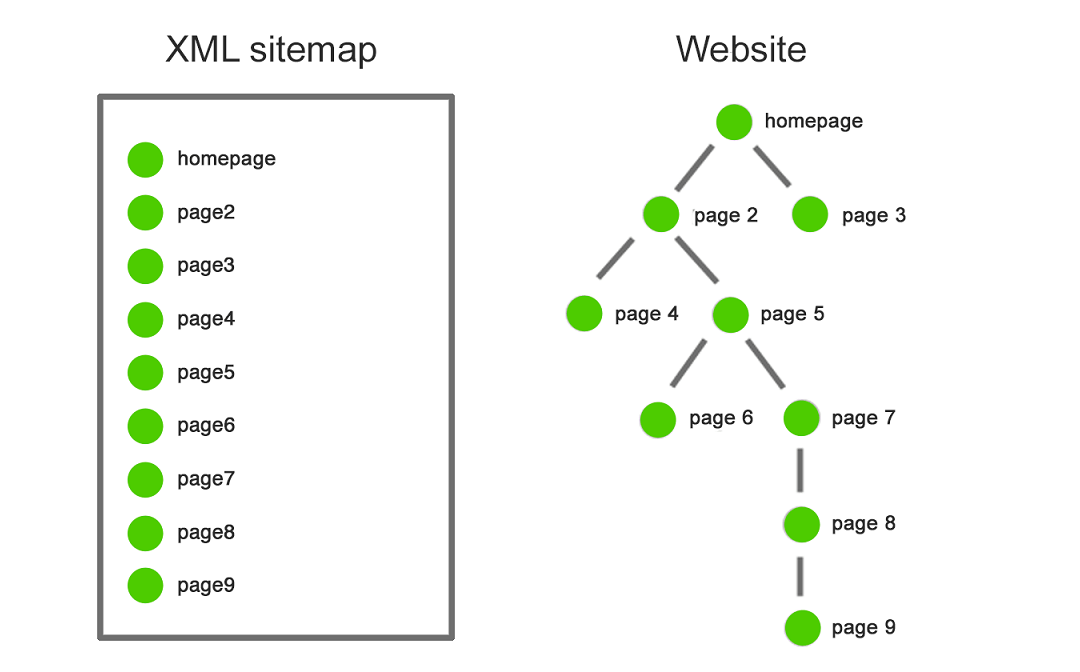A sitemap.xml file is a file that lists all the URLs of a website and provides information to search engines about the structure and organization of a website’s content and learn why a sitemap is important. The following are the elements of a website sitemap.xml file:
1. URL:
This element represents a single URL on the website and includes information such as the URL’s location, priority, and change frequency.
2. Location:
This element specifies the URL of the page on the website.
3. Last Modification Date:
This element indicates the last time the page was updated.
4. Change Frequency:
This element specifies how often the page is expected to change. Options include “always,” “hourly,” “daily,” “weekly,” “monthly,” “yearly,” or “never.”
5. Priority:
This element indicates the relative importance of the URL compared to other URLs on the website. The priority is expressed as a value between 0.0 and 1.0.
6. Sitemap:
This element is the root element of the sitemap and encapsulates all other elements.
7. Sitemap Index:
This element is used to group multiple sitemap files together into a single sitemap index file.
It’s important to note that while sitemaps can help search engines discover and crawl a website’s content more effectively, they do not guarantee that a website’s pages will be indexed or ranked by search engines.
